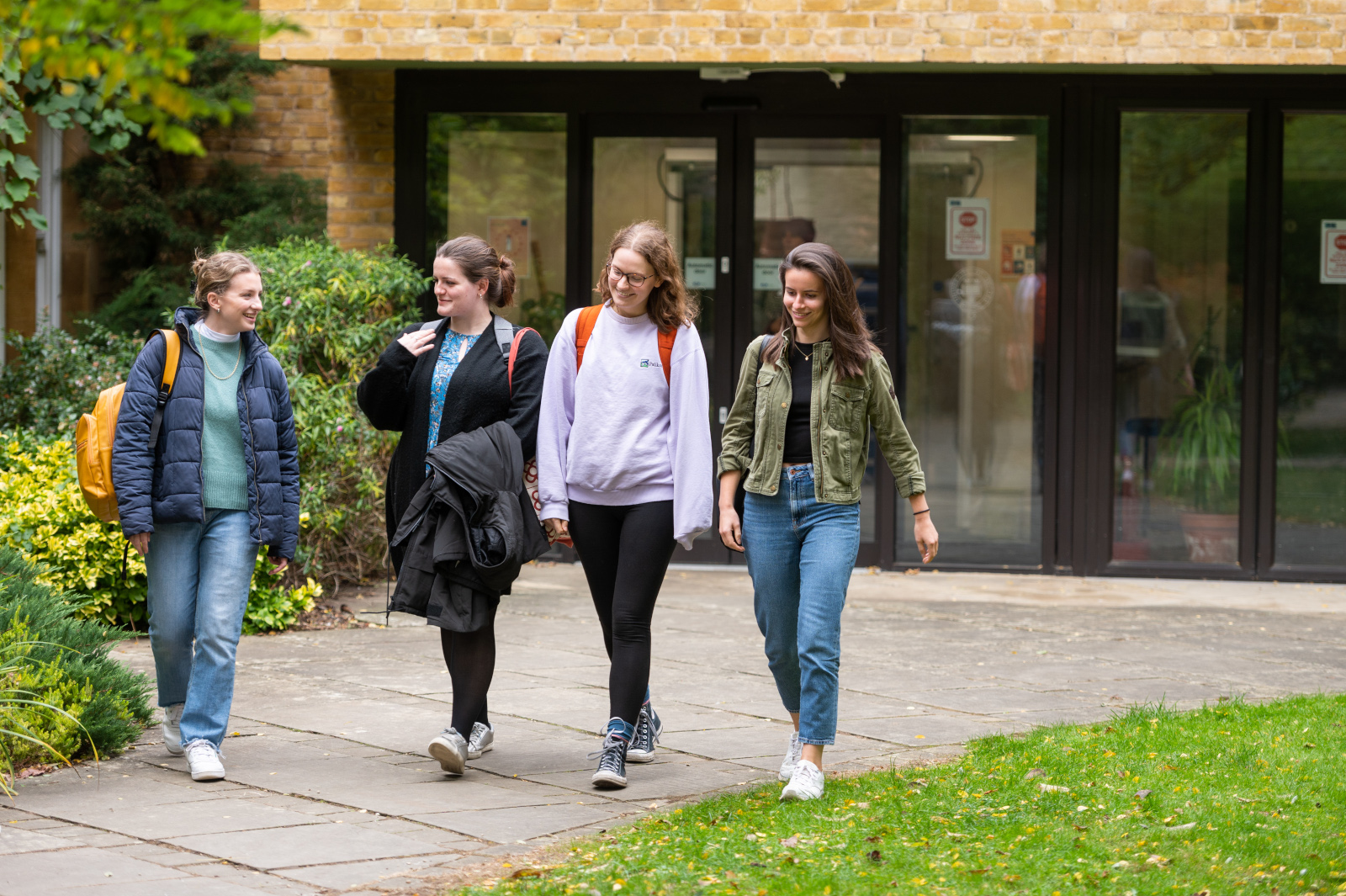Victoria Murphy is Professor of Applied Linguistics and Director of the Department of Education, University of Oxford.
Victoria’s research focuses on understanding the inter-relationships between child L2/FL learning, vocabulary and literacy development. Her work examines cross-linguistic relationships across linguistic systems in the emergent bilingual child and how foreign language learning in primary school can influence developing first language literacy. Her work has been funded by ESRC, The Leverhulme Trust, The Nuffield Foundation and the Educational Endowment Foundation, among others, and she has published two books on the topic of young language learners, as well as numerous refereed journal articles and book chapters. Victoria was Chair of NALDIC (National Association for Language Development in the Curriculum) between 2018-2021 and has worked closely with teachers across the UK and internationally in support of Language in Education programmes.
Qualifications
- B.A.H. Linguistics/Psychology – Queen’s University, Kingston On, Canada
- M.A. Educational Psychology – McGill University, Canada
- Ph.D. – Second Language Education – McGill University Canada
Current Funded Research Projects
- Learning for Families through Technology with Rebecca Eynon and Sandra Mathers
- Supporting the development of Indian primary school children’s reading comprehension skills: A scaffolding-based intervention”. CI with I. Tsimpli (PI) & L. Mukhapoadhyay. British Academy – Humanities and Social Sciences Tackling Global Challenges
- “Improving the oral language skills of children with English as an Additional Language through a drama-based intervention” CI with Faidra Faitaki. CreATE Research Group












